Purple mbuna - Melanochromis vermivorus
Scientific name: Melanochromis vermivorus
Common name: Purple mbuna
Family: Cichlidae
Usual size in fish tanks: 12 - 15 cm (4.72 - 5.91 inch)
014
Recommended pH range for the species: 7.5 - 8.9
Recommended water hardness (dGH): 10 - 25°N (178.57 - 446.43ppm)
0°C 32°F30°C 86°F
Recommended temperature: 22 - 27 °C (71.6 - 80.6°F)
The way how these fish reproduce: Spawning
Where the species comes from: Africa
Temperament to its own species: aggressive/territorial
Temperament toward other fish species: aggressive/territorial
Usual place in the tank: Middle levels
Purple Mbuna Overview
The Purple Mbuna (Melanochromis vermivorus) is a vibrant and active cichlid species native to the rocky areas of Lake Malawi in Eastern Africa. Their striking dark blue body, accented with turquoise flecks and a distinctive dark stripe running through the eye to the caudal fin, makes them a captivating addition to aquariums. Mature males can reach lengths of 12 to 15 cm (4.72 to 5.91 inches), with females being slightly smaller. Like most mbuna, they are known for their aggressive and territorial nature, particularly towards fish of similar size and coloration.
Origin
Purple Mbuna originate from the rocky environments of Lake Malawi, where they inhabit the middle to lower levels of the lake's waters. Their natural habitat is characterized by abundant rock formations and crevices, which they use for hiding and spawning.
Tank Requirements
Given their active and territorial behavior, Purple Mbuna require a spacious aquarium. A minimum tank size of 120 cm (4 feet) in length and 45 cm (18 inches) in width is necessary to provide adequate swimming space and to create multiple territories. The tank should be set up with rocky structures securely placed along the back and sides, forming caves and crevices that mimic their natural habitat. Sand or coral sand is the preferred substrate, as it helps maintain the pH between 7.5 and 8.9.
Water temperature should range from 22-27°C (71.6-80.6°F). Since Purple Mbuna are high waste producers, a robust filtration system is crucial to maintain water quality, along with weekly water changes of at least 10%.
Compatibility and Tank Mates
Purple Mbuna are highly aggressive and territorial, particularly towards other fish of similar size and color. It is advisable to keep only one male with several females to reduce aggression levels, following a harem-style setup. Suitable tank mates include other mbuna species with different colorations and cichlids like Haplochromis of similar size and temperament. Avoid housing them with peaceful or smaller fish, as they may become targets of aggression.
Feeding
Purple Mbuna are not difficult to feed and have an omnivorous diet. They will naturally graze on algae growing on the rocks, which provides roughage. Their staple diet should consist of high-quality cichlid pellets or flakes. This can be supplemented with occasional treats of live or frozen foods, such as brine shrimp and bloodworms. They also consume small crustaceans, including snails, cockles, and chopped mussels. A varied diet will help maintain their vibrant coloration and health.
Sexing
Sexing Purple Mbuna can be challenging, but there are some indicators. Mature males are typically larger than females and may display egg spots on their anal fins, which females lack. Females also tend to have a more rounded body shape.
Breeding
Purple Mbuna are prolific breeders once settled in an aquarium. They are maternal mouthbrooders, meaning the female will incubate the fertilized eggs in her mouth for up to four weeks. During this time, the female will often hide and refrain from eating. It is crucial to avoid stressing the female during the incubation period, as stress can cause her to prematurely release or eject the fry. Once the fry are released, they can be fed newly hatched brine shrimp.
While the fry can remain in the main aquarium, for a higher success rate, it is advisable to transfer them to a separate rearing tank. Here, they can grow in a controlled environment before being reintroduced to the main tank once they are large enough to fend for themselves.
Lifespan
With proper care, Purple Mbuna can live for 6-8 years. Providing a stable environment, a balanced diet, and regular tank maintenance are key factors in ensuring their longevity.
General Care
Purple Mbuna are an active and territorial species that require careful tank management. Because of their aggression, maintaining a single male with multiple females is recommended. Ensuring plenty of hiding places with rocks and crevices helps reduce stress and provides natural territory boundaries. Their high waste production necessitates a strong filtration system and regular water changes to keep the tank clean and maintain optimal water parameters.
For the substrate, coral sand is ideal as it not only provides a natural environment but also helps to stabilize the pH level. Incorporating algae growth on rocks is beneficial, as it serves as a natural food source for grazing.
Short Description
The Purple Mbuna (Melanochromis vermivorus) is a vibrant and aggressive cichlid from the rocky shores of Lake Malawi. With its striking dark blue body and turquoise flecks, this species adds a dynamic presence to any aquarium. They require spacious tanks with plenty of rocky structures and hiding places to manage their territorial nature. While they can be challenging to care for due to their aggression and specific requirements, they are highly rewarding for experienced aquarists.

 Thread-finned
Thread-finned  Acara
Acara 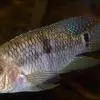 Yellow
Yellow 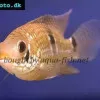 Patrick's
Patrick's  Blue
Blue 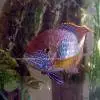 Green
Green  Acara
Acara  White
White  Compressed
Compressed 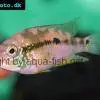 Pastel
Pastel 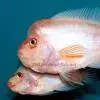 Midas
Midas 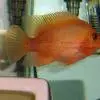 Red
Red 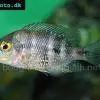 Bluemouth
Bluemouth  False
False  African
African 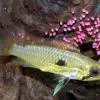 Agassiz's
Agassiz's  Banded
Banded  Yellow
Yellow 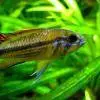 Cockatoo
Cockatoo 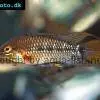 Blue
Blue  Blackstripe
Blackstripe 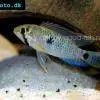 Highfin
Highfin 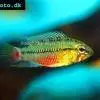 Redstripe
Redstripe  Threadfinned
Threadfinned 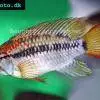 Macmaster’s
Macmaster’s 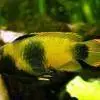 Panda
Panda 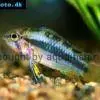 Norbert’s
Norbert’s 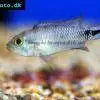 Blue
Blue 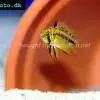 Thin-line
Thin-line 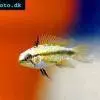 Three-striped
Three-striped  Viejita
Viejita  Flier
Flier 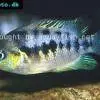 Archocentrus
Archocentrus 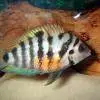 Convict
Convict 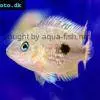 Seven
Seven  Blue-eye
Blue-eye 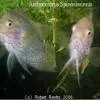 Spiny
Spiny  Oscar
Oscar 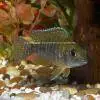 Sunshine
Sunshine 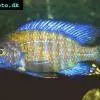 Chitande
Chitande  Firebird
Firebird 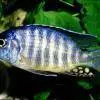 Midnight
Midnight 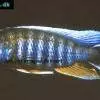 Lake
Lake  Sunshine
Sunshine 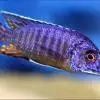 Aulonocara
Aulonocara 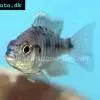 Nyasa
Nyasa  Ruby
Ruby  Grants
Grants 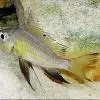 Aulonocranus
Aulonocranus  Chameleon
Chameleon 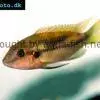 Benitochromis
Benitochromis  Orinoco
Orinoco 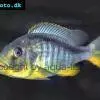 Yellow
Yellow  Brichard’s
Brichard’s 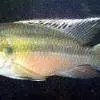 Guenther’s
Guenther’s 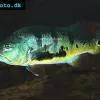 Cichla
Cichla 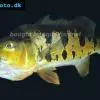 Peacock
Peacock 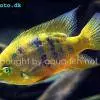 Chiseltooth
Chiseltooth 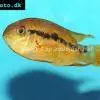 Bolivian
Bolivian 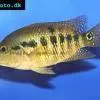 Red
Red 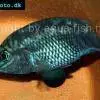 Many-pointed
Many-pointed  Jack
Jack 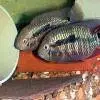 Red
Red  Yellow
Yellow 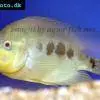 Three
Three 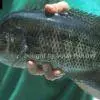 Mayan
Mayan 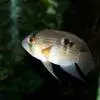 Keyhole
Keyhole  Azureus
Azureus 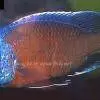 Red
Red 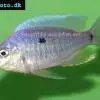 Jackson’s
Jackson’s  Crenicichla
Crenicichla  Honduran
Honduran 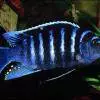 Afra
Afra  Frontosa
Frontosa  Slender
Slender  Malawi
Malawi  Chequerboard
Chequerboard  Checkerboard
Checkerboard 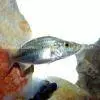 Malawi
Malawi  Ectodus
Ectodus  Tanganyika
Tanganyika  Canara
Canara 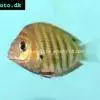 Green
Green 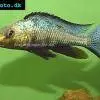 Rostratus
Rostratus 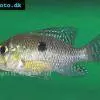 Pearl
Pearl  Geophagus
Geophagus  Yellowhump
Yellowhump 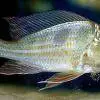 Suriname
Suriname  Redhump
Redhump 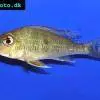 Red
Red  Dority’s
Dority’s 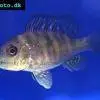 Argentine
Argentine 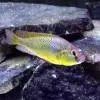 Burton’s
Burton’s  Victoria
Victoria  Haplochromis
Haplochromis 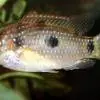 Jewel
Jewel 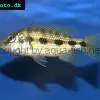 Banded
Banded  Lifalili
Lifalili 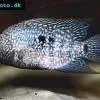 Lowland
Lowland 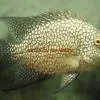 Texas
Texas 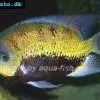 Pantano
Pantano 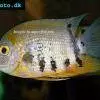 Severum
Severum 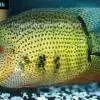 Banded
Banded  Severum
Severum  Rainbow
Rainbow  Parrot
Parrot  Chocolate
Chocolate 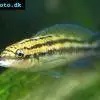 Brown
Brown 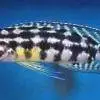 Marlieri
Marlieri  Golden
Golden 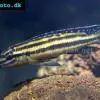 Striped
Striped  Masked
Masked 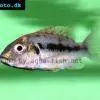 Konye
Konye 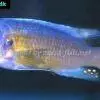 Blue
Blue 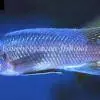 Trewavas
Trewavas  Electric
Electric  Dwarf
Dwarf 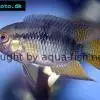 Redbreast
Redbreast  Lamprologus
Lamprologus  Gold
Gold 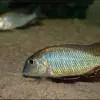 Greenface
Greenface 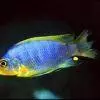 Aurora
Aurora  Blue
Blue  William’s
William’s 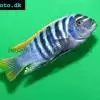 Zebra
Zebra 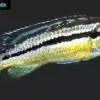 Malawi
Malawi 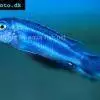 Blue
Blue  Blue
Blue 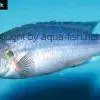 Mbuna
Mbuna 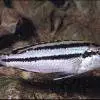 Parallel
Parallel 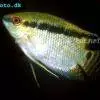 Flag
Flag 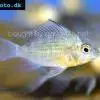 Bolivian
Bolivian 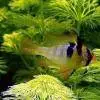 Ram
Ram 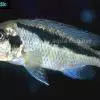 Basket
Basket  Haitian
Haitian 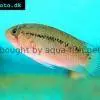 Zebra
Zebra  Striped
Striped 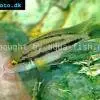 Neolamprologus
Neolamprologus 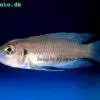 Brevis
Brevis  Fairy
Fairy 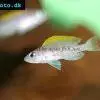 Neolamprologus
Neolamprologus 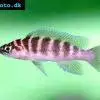 Cylindricus
Cylindricus 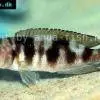 Hecq’s
Hecq’s  Neolamprologus
Neolamprologus  Lemon
Lemon  Mustax
Mustax  Daffodil
Daffodil  Six-bar
Six-bar 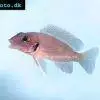 Five-bar
Five-bar  Marbled
Marbled 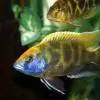 Giraffe
Giraffe 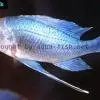 Blue
Blue  Sulphurhead
Sulphurhead 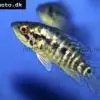 Wolf
Wolf  Jaguar
Jaguar 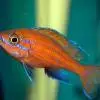 Blue
Blue  Marakeli
Marakeli 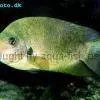 Madagascar
Madagascar  Pinstripe
Pinstripe  Pelmatochromis
Pelmatochromis 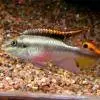 Kribensis
Kribensis  Striped
Striped 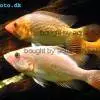 Red
Red 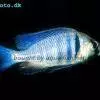 Deepwater
Deepwater 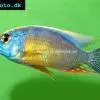 Fenestratus
Fenestratus  Nichols’
Nichols’ 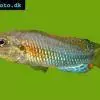 Southern
Southern  Bumble
Bumble 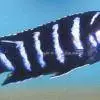 Demason’s
Demason’s  Slender
Slender 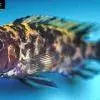 Red
Red  Mbuna
Mbuna 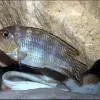 Malawi
Malawi  Kenyi
Kenyi 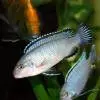 Powder
Powder 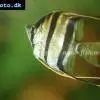 Altum
Altum  Angelfish
Angelfish  Angelfish
Angelfish  East
East  Juba
Juba  Earth
Earth 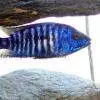 Electric
Electric  Azure
Azure 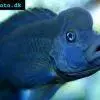 Lionhead
Lionhead  Discus
Discus  Blue
Blue 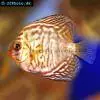 Zebra
Zebra 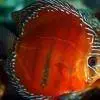 Red
Red 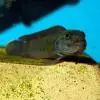 Brichard’s
Brichard’s 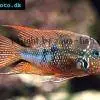 Blue
Blue  Firemouth
Firemouth 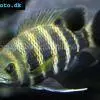 Zebra
Zebra 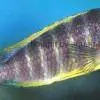 Blue
Blue 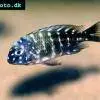 Dwarf
Dwarf  Blunthead
Blunthead 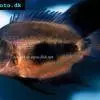 The
The 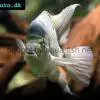 White
White 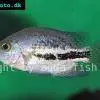 Twoband
Twoband 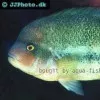 Fenestratus
Fenestratus 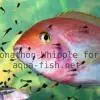 Window
Window  Southern
Southern  Tailbar
Tailbar  Black
Black 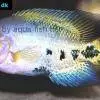 Redhead
Redhead 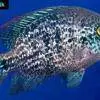 Oaxaca
Oaxaca  Xenotilapia
Xenotilapia